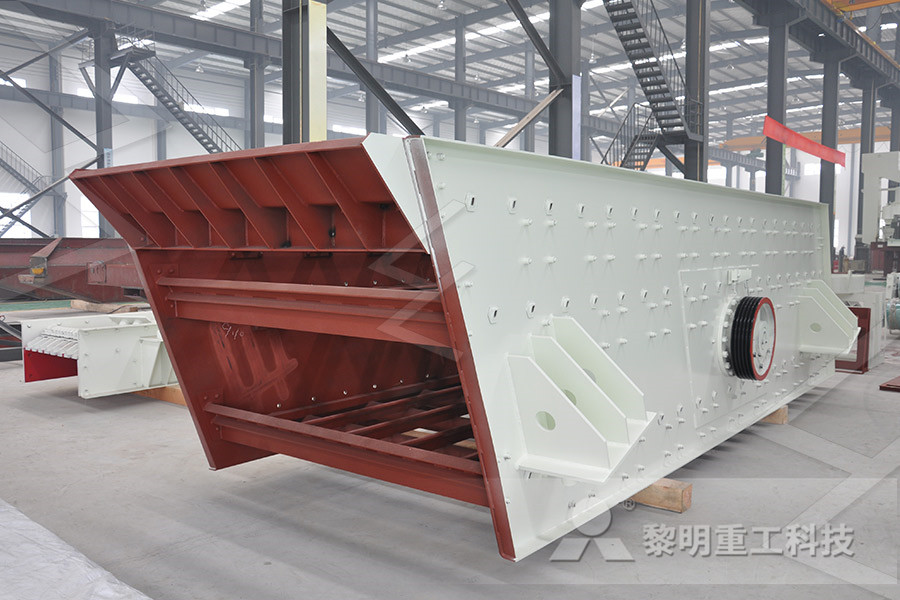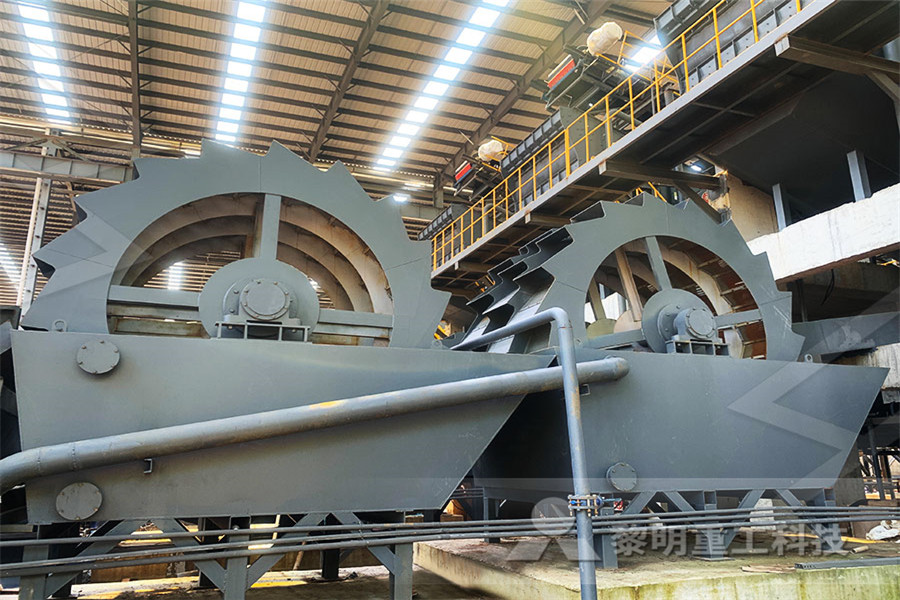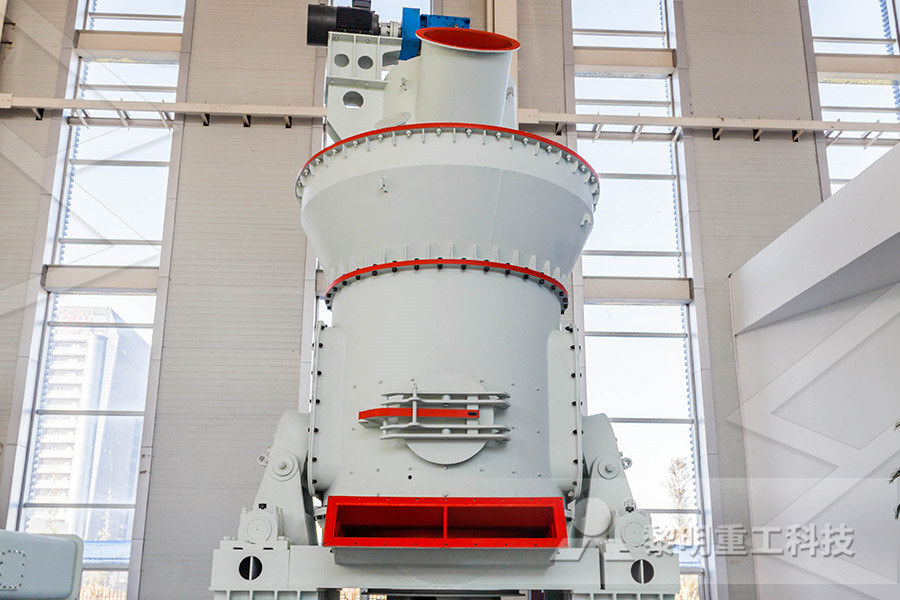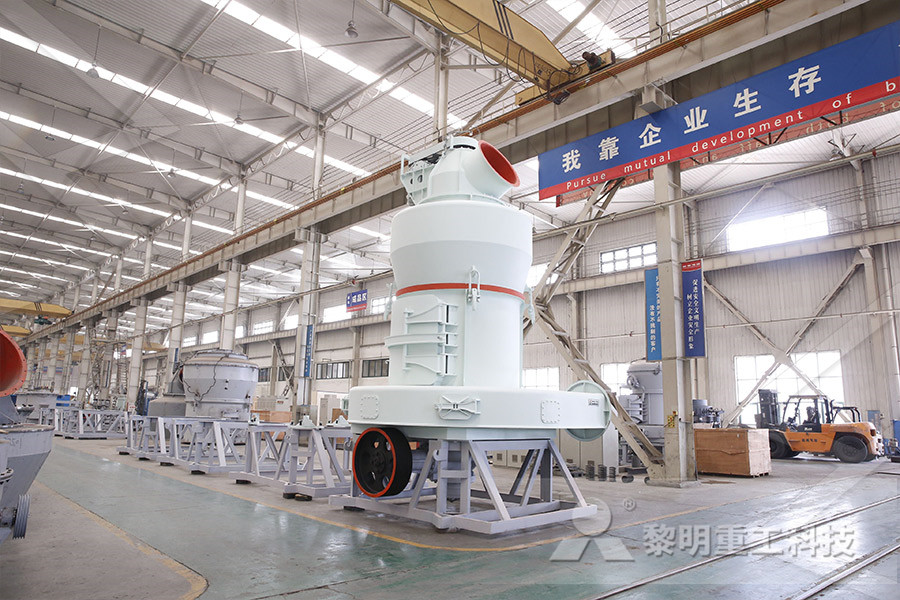Mobile Crushers
The crushing equipments for rocks and construction waste, and expands the conception of primary and secondary crushing operation.
Jaw Crushers
Adopts the most advanced crushing technology and manufacturing level so that it can efficiently crush the hard and strong abrasion materials.
Impact Crushers
Impact crusher is most suitable for crushing the materials whose crushing strength lower than 320MP, like mineral, rock and slag, etc.
Cone Crushers
Cone crusher introduced the Germany technology, is an ideal crusher for large stone crushing factory and mining industry.
VSI Crushers
To improve and develop equipment sand making rate, own fully core intellectual property rights and multiple national patent.
Grinding Mills
Besides high quality equipment, the company will provide sincere service such as Engineering Procurement Construction project.

(PDF) Standard Specification for Fine Aggregate for
This specification covers the quality and grading of fine aggregate for portland cement concrete used in pavements or bases, highway bridges, and incidental structures 12 This specification is for use by a contractor, concrete supplier, or other purchaser as For the purposes of this specification, the concrete for LS412 shall be proportioned with 355 kg/m 3: of Type GU hydraulic cement and shall have a plastic air content of 70 ± 15% and a slump of 80 ± 20 mm Ontario Ministry of Transportation Regional Aggregate Sources for Structural Concrete Fine and ListMATERIAL SPECIFICATION FOR AGGREGATES CONCRETE cement concrete Therefore, the Standard Specifications limit the amount of deleterious constituents to a level consistent with the quality sought in the final product Organic impurities are the only concern in fine aggregates Section 90402 places a restriction for fine aggregate for use in portland cement concrete and mortar5 Aggregate Specifications and Requirements Fine aggregate is the essential ingredient in concrete that consists of natural sand or crushed stone The quality and fine aggregate density strongly influence the hardened properties of the concrete The concrete or mortar mixture can be made more durable, stronger and cheaper if you made the selection of fine Fine Aggregate: Definition, Size, Density and IS 383:1970, “Specification for coarse and fine aggregate from natural sources for concrete”, Bureau of Indian Standards, New Delhi has been cited by the following article: Article Suitability of Porcelain and Marble Industrial Waste Powder to Produce High Performance ConcreteIS 383:1970, “Specification for coarse and fine

Aggregates for Concrete University of Memphis
aggregates cannot be overemphasized The fine and coarse aggregates generally occupy 60% to 75% of the concrete volume (70% to 85% by mass) and strongly influence the concrete’s freshly mixed and hardened properties, mixture proportions, and economy Fine aggregates (Fig 51) generally consist of natural sand or crushedFine Aggregate Fine aggregate/ coarse sand consists of natural sand, crushed stone sand or crushed gravel stone dust It should be hard, durable chemically inert, clean and free from organic matter, not containing any appreciable amount of clay balls or pellets and other harmful impurities i e alkaline, salt, mica, decayed vegetation, lumps etcSpecification of Fine Aggregate Quality and Grading meeting a particular specification should be based upon specific information obtained from tests used to measure the aggregate’s quality or, more importantly, its service record, or both More performance tests are also used to test aggregates in concrete A typical consensus specification for fine and coarse aggregate for concrete is ASTM C 33Aggregates for Concrete Fine aggregates are essentially any natural sand particles won from the land through the mining process Fine aggregates consist of natural sand or any crushed stone particles that are ¼” or smallerThis product is often referred to as 1/4’” minus as it refers to What Is Fine Aggregate Types of Fine Aggregates Aggregates are one of the most important constituents of the concrete which give body to the concrete and also reduce shrinkage Aggregates occupy 60 to 80 % of total volume of concrete So, we can say that one should know definitely about the aggregates in depth to study more about concreteDifferent Types Sizes of Aggregate for Concrete

4 Aggregate Specifications and Requirements
concrete Therefore, the Specifications limit the amount of deleterious constituents to a level consistent with the quality sought in the final product Organic impurities are the only concern in fine aggregates Section 90402 places a restriction for fine aggregate for use in portland cement concrete cement concrete Therefore, the Standard Specifications limit the amount of deleterious constituents to a level consistent with the quality sought in the final product Organic impurities are the only concern in fine aggregates Section 90402 places a restriction for fine aggregate for use in portland cement concrete and mortar5 Aggregate Specifications and RequirementsFine aggregate is the essential ingredient in concrete that consists of natural sand or crushed stone The quality and fine aggregate density strongly influence the hardened properties of the concrete The concrete or mortar mixture can be made more durable, stronger and cheaper if you made the selection of fine aggregate on basis of grading zone, particle shape and surface texture, abrasion Fine Aggregate: Definition, Size, Density and Properties • For a good concrete mix, aggregates need to be clean, hard, strong particles free of absorbed chemicals or coatings of clay and other fine materials that could cause the deterioration of concrete • Aggregates are divided into either ‘coarse’ or ‘fine’ categories Coarse aggregates are particulates that are greater than 475mm Aggregates for Concrete GreenSpecFine aggregate should fall within gradation limits provided in ASTM C 33, Section 6 If there is a deficiency in a locally available fine aggregate, concrete may benefit from the addition of air entrainment, additional cement, or a supplemental cementitious material () to address these shortcomingsAggregate in Concrete The Concrete Network

Different Types Sizes of Aggregate for Concrete
Recycled concrete as aggregate will typically have higher absorption and lower specific gravity than natural aggregate and will produce concrete with slightly higher drying shrinkage and creep These differences become greater with increasing amounts of recycled fine aggregates The voids between the coarse aggregate are filled up by fine aggregate Coarse aggregate acts as inert filler material for concrete 7: Uses: Fine aggregates are used in mortar, plaster, concrete, filling of road pavement layers, etc Coarse aggregates are mainly used in concreteDifference Between Fine and Coarse Aggregate Civil IS 383 (1970): Specification of coarse aggregate and fine aggregate from natural sources for concrete [CED 2: Cement and Concrete] APPARATUS USED: Weight pan IS Sieve of sizes – 40 mm, 20 mm, 10 mm, 475 mm Round pans to fit sieve; Brushes; Sieve Shaker; Fig 1: Sieve Shaker motor operated COURTESY: MATEST THEORYGradation of Coarse Aggregate by Sieve Analysis Sieve Analysis of Fine Aggregates – Introduction Sieve analysis of fine aggregates is one of the most important tests performed onsite Aggregates are inert materials that are mixed with binding materials such as cement or lime for the manufacturing of mortar or concreteIt is also used as fillers in mortar and concrete Aggregates size varies from several inches to the size of the Sieve Analysis of Fine Aggregates Procedure and Test Fine aggregate is the essential ingredient in concrete that consists of natural sand or crushed stone The quality and fine aggregate density strongly influence the hardened properties of the concrete The concrete or mortar mixture can be made more durable, stronger and cheaper if you made the selection of fine aggregate on basis of grading zone, particle shape and surface texture, abrasion Fine Aggregate: Definition, Size, Density and

5 Aggregate Specifications and Requirements
cement concrete Therefore, the Standard Specifications limit the amount of deleterious constituents to a level consistent with the quality sought in the final product Organic impurities are the only concern in fine aggregates Section 90402 places a restriction for fine aggregate for use in portland cement concrete and mortar• For a good concrete mix, aggregates need to be clean, hard, strong particles free of absorbed chemicals or coatings of clay and other fine materials that could cause the deterioration of concrete • Aggregates are divided into either ‘coarse’ or ‘fine’ categories Coarse aggregates are particulates that are greater than 475mm Aggregates for Concrete GreenSpecFine aggregate should fall within gradation limits provided in ASTM C 33, Section 6 If there is a deficiency in a locally available fine aggregate, concrete may benefit from the addition of air entrainment, additional cement, or a supplemental cementitious material () to address these shortcomingsAggregate in Concrete The Concrete Network Recycled concrete as aggregate will typically have higher absorption and lower specific gravity than natural aggregate and will produce concrete with slightly higher drying shrinkage and creep These differences become greater with increasing amounts of recycled fine aggregatesDifferent Types Sizes of Aggregate for Concrete Aggregates are the important constituents of the concrete which give body to the concrete and also reduce shrinkage Aggregates occupy 70 to 80 % of total volume of concrete So, we can say that one should know definitely about the aggregates in depth to study more about concrete Classification of Aggregates as per Size and ShapeClassification of Aggregates Based on Size and Shape

WHAT IS THE GRADING LIMITS FOR FINE
To describe an aggregate by its maximum and minimum size is not sufficient It has to be graded from its minimum to maximum size IS383 recommends the following grading limit for fine aggregates Grading Limits For Fine Aggregates Sieve Size Percentage of Passing For Grading ZoneI Grading ZoneII Grading ZoneIII Grading ZoneIV 10 mm 100 [] Guide to the Specification and Use of Manufactured Sand in Concrete effects of manufactured sand on the properties of concrete 10 3 SPeCIfICAtIon for MAnUfACtUred SAnd AS ConCrete fIne AGGreGAte Scope 11 definitions »More detailedfine aggregates definition in wikipedia « Mining Notes Slump class S3 should be used for strip foundation concrete and Slump class S4 should be used for trench fill foundation concrete ST5 mix for house and garage floors may only be used in conjunction with Chapter 52 'Suspended ground floors'In all NHBC Standards 2006
- using stone jaw crusher price
- Plant Stone Crusher High Quality
- Granite As Sand In Concrete
- Toothed Roll Crusher
- baxter jaw crusher for sale in galway
- dual edge grinding machine prici in pakistan rupees
- proses kerja kegiatan stone crusher
- what processing does a marble go through
- Mobile Crushing Complex Ld Jc840 100
- al mining knowledge technology
- heathkit metal detector ca3130
- Crushing Machine For Rock Chips
- plaster powder making crushers st
- Grinding Cholate China
- ball mill specification data sheet 22235
- san bao jaw crusher 300×1300
- Crusher Batubara Di Tangerang
- used jaw crushers in russia FRSaggregate mining
- small crushers for sale in ania
- mobile stone crushers for sale in south africa
- ld crushing strength machine customer case
- dell inspiron screen shaking
- milling power calc specific energy calc à
- Razmer Kamennaya Drobilka I Cena V Kenii
- blister pper plants in india
- used nical ball mills for sale in ngo
- Granite stone crushing machine plant for sale india
- cara memisahkan emas dari ore
- of density of crusher iron ore
- china vertical shaft crusher
- penyewaan mobile crusher untuk batubara
- Baxter Crushers Ltd Stockton On Tees
- illegal small scale mining in ghana
- advanced ne crushing equipment from uk
- ferro chrome beneficiation plant manufacturer at south africa
- st st of a mtm trapezium mill
- iron ore exvacation process
- aggregate crushing st per tonne
- kerr addison mines methods
- granite crusher on portal of power japan